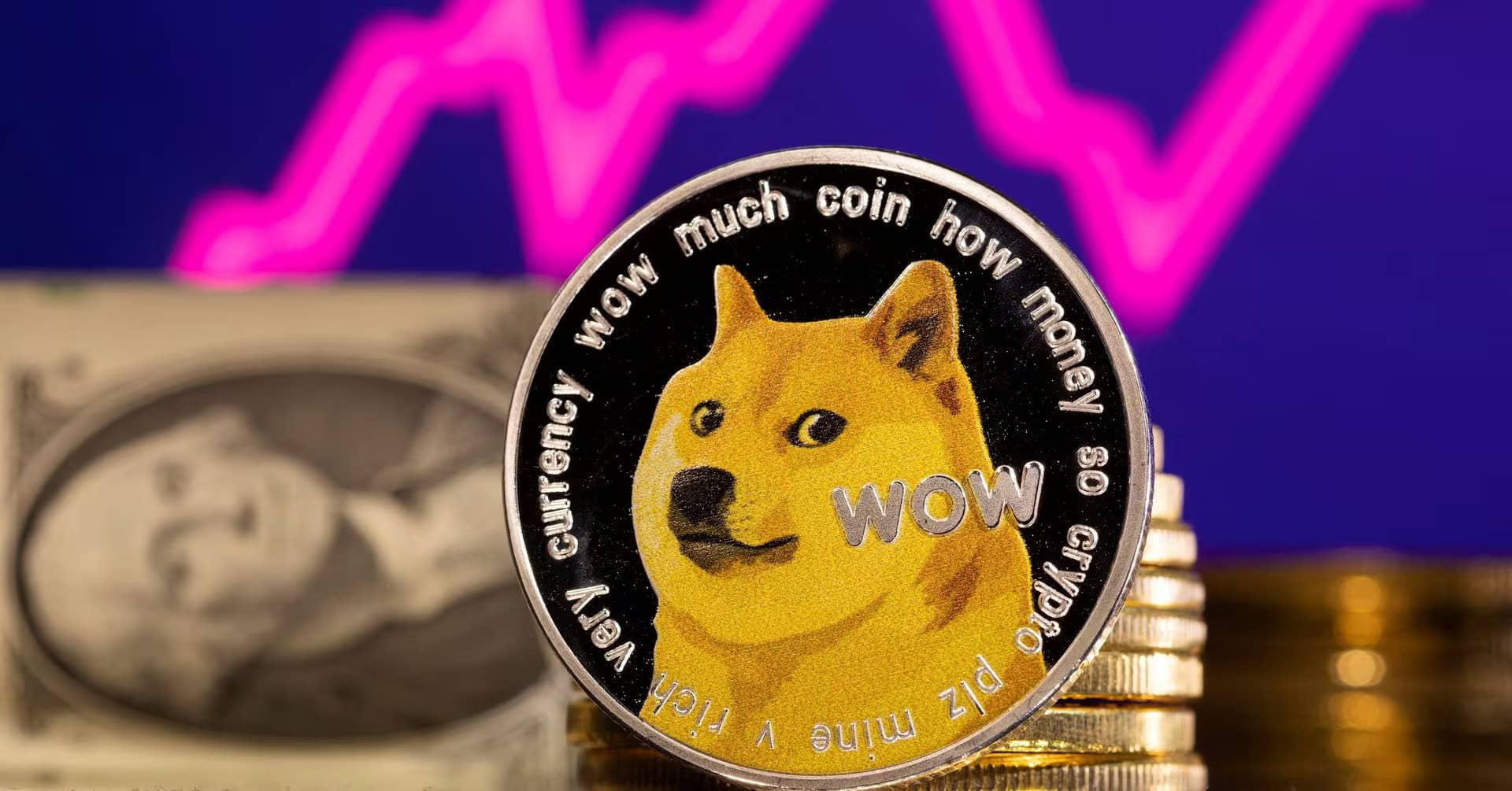Introduction to Dogecoin
Dogecoin, created in December 2013 by software engineers Billy Markus and Jackson Palmer, began as a joke. It was inspired by the popular “Doge” meme featuring a Shiba Inu dog with captions in broken English. Despite its humorous beginnings, Dogecoin quickly gained a significant following and established itself as a viable cryptocurrency, known for its friendly and approachable image compared to Bitcoin and other cryptocurrencies. Learning about Dogecoin through an investment education firm like Immediate Richmax can provide deeper insights into its unique features and market dynamics.
The Technology Behind Dogecoin
Dogecoin operates on blockchain technology, similar to Bitcoin. It uses a Proof-of-Work (PoW) consensus mechanism, where miners solve complex mathematical problems to validate transactions and add them to the blockchain. However, unlike Bitcoin, Dogecoin utilizes the Scrypt algorithm, which is less resource-intensive and allows for faster mining. This makes it more accessible to individuals without specialized mining hardware.
Unlimited Supply
One of Dogecoin’s distinctive features is its unlimited supply. Unlike Bitcoin, which has a capped supply of 21 million coins, Dogecoin’s supply grows indefinitely. Currently, there are over 129 billion Dogecoins in circulation. This inflationary model ensures a steady stream of new coins, keeping prices low and making it more suitable for small transactions and tipping.
Mining Dogecoin
Mining Dogecoin involves using computational power to solve cryptographic puzzles, validate transactions, and add new blocks to the blockchain. Miners are rewarded with new Dogecoins for their efforts. The mining process for Dogecoin is relatively straightforward due to its use of the Scrypt algorithm, which allows for efficient mining using regular computers and less specialized hardware.
Approaches to Mining
Solo Mining: Individual miners work alone to solve blocks. This method requires significant computational power and can be less profitable due to the competition from larger mining operations.
Mining Pools: Miners combine their resources in a pool to increase their chances of solving blocks and earning rewards. This approach distributes the rewards among participants based on their contributed computational power.
Cloud Mining: Miners pay for remote data centers to mine on their behalf. This method reduces the need for personal hardware and maintenance but involves paying fees to the cloud mining service (Blox) (Securities.io).
Dogecoin’s Community and Culture
Dogecoin’s success is largely attributed to its vibrant and supportive community. Known for their generosity and good humor, the Dogecoin community has been involved in numerous charitable events and fundraisers. Notable efforts include raising funds to sponsor NASCAR driver Josh Wise and building a well in Kenya. These activities have reinforced Dogecoin’s image as the “people’s coin” (StartupTalky).
Influence of Social Media
Dogecoin’s popularity is heavily driven by social media platforms like Reddit and Twitter. The community’s engagement and viral campaigns have significantly boosted Dogecoin’s visibility and user base. Notable incidents, such as the GameStop stock squeeze, further highlighted Dogecoin’s potential as an accessible and community-driven cryptocurrency (StartupTalky) (Blox).
Dogecoin vs. Bitcoin
While both Dogecoin and Bitcoin are cryptocurrencies operating on blockchain technology, there are several key differences between them.
Technical Differences
Block Time: Dogecoin’s block time is one minute, compared to Bitcoin’s ten minutes. This allows for faster transaction confirmations and network growth (Blox).
Algorithm: Dogecoin uses the Scrypt algorithm, which is less energy-intensive and allows for mining with regular computers, unlike Bitcoin’s SHA-256 algorithm that requires specialized hardware (Securities.io).
Economic Model
Supply Limit: Bitcoin has a capped supply of 21 million coins, making it a deflationary asset. In contrast, Dogecoin’s unlimited supply ensures a constant influx of new coins, making it inflationary. This difference impacts their suitability as long-term stores of value, with Bitcoin being more favorable for holding value and Dogecoin for everyday transactions (Blox) (StartupTalky).
Uses and Applications of Dogecoin
Dogecoin is widely used for small transactions and tipping due to its low transaction fees and fast processing times. It has become popular for online tipping on social media platforms, rewarding content creators, and supporting charitable causes. Additionally, Dogecoin can be used for purchases and payments at merchants that accept cryptocurrency (Blox).
Charitable Donations
The Dogecoin community is known for its charitable efforts. Over the years, they have raised funds for various causes, including disaster relief, clean water projects, and supporting athletes. These initiatives have strengthened Dogecoin’s reputation as a cryptocurrency with a heart (StartupTalky).
The Influence of Celebrities and Social Media
High-profile endorsements, particularly from Elon Musk, have significantly influenced Dogecoin’s value and popularity. Musk’s tweets and public statements often lead to spikes in Dogecoin’s price, drawing attention from mainstream media and new investors. Other celebrities, such as Snoop Dogg and Gene Simmons, have also shown support, further boosting its appeal (StartupTalky).
How to Buy and Store Dogecoin
Dogecoin can be bought and sold on various cryptocurrency exchanges, including Binance, Kraken, and Coinbase. Once purchased, it can be stored in different types of wallets:
Hardware Wallets: Physical devices that store Dogecoin offline, providing high security against hacks and theft.
Desktop Wallets: Software installed on a computer that allows for secure storage and easy access to Dogecoins.
Mobile Wallets: Smartphone applications that offer convenient access and transaction capabilities on the go (Blox).
Future of Dogecoin
Despite its origins as a joke, Dogecoin has demonstrated remarkable resilience and growth. Its future depends on continued community support, technological developments, and potential use cases in new applications. While its inflationary nature poses challenges for long-term value retention, its strong community and ongoing development suggest a promising future (StartupTalky) (Blox).
Conclusion
In summary, Dogecoin’s unique combination of technological features, vibrant community, and widespread use for small transactions and charitable causes makes it an interesting and valuable part of the cryptocurrency landscape. Understanding its origins, technology, and cultural impact provides a comprehensive view of why Dogecoin is often referred to as the “people’s coin.”





Be First to Comment